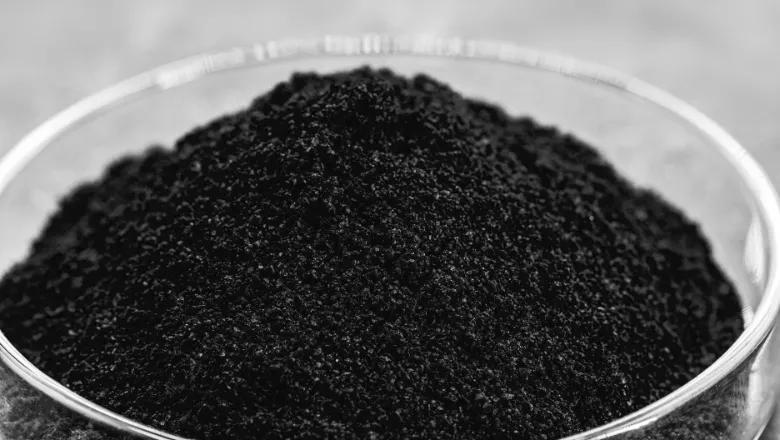The new method could help accelerate the transition of the technology from the lab to everyday use.

Scientists have created new way to characterise graphene oxide (GO) cheaper and quicker than ever before, helping get the emerging technology out of the lab and into the market.
Researchers at King's College London have designed an 'interactional fingerprinting' method that creates a unique identity of individual samples. By mimicking humans' sense of taste and smell, the method can create a qualitative snapshot of the material without relying on inaccessible gold-standard measurement machinery manned by teams of specialists.
By promising a faster and cheaper way to quality control graphene oxide, the scientists hope to remove barriers to exploiting the material, unleashing advances in sustainable electronics and cleaner battery technology.
By helping teams troubleshoot variation in their supply it helps ensure what they are working with is up to scratch, freeing them up for the important business of innovation in next-generation technology."
Dr Andrew Surman
Since Manchester-based researchers won the Nobel Prize in Physics in 2010 for producing graphene, interest in graphene-based materials has been significant. Their light weight, strength and conductivity have led the Graphene Engineering Innovation Centre and National Graphene Institute to invest £180 million to produce efficient batteries, body armour and other products with GO and related materials.
While the potential of graphene and GO is great progress deploying the materials beyond the lab have been limited. A 2018 article highlighted an unreliable supply of commercially available graphene and the unreliable test conditions that created as a primary cause, concluding 'producers are labeling black powders as graphene and selling for top dollar.'
For GO, the introduction of different types of oxygen to single atom flakes of graphene can make supply even more variable, with the same team of researchers arguing only a small fraction of the material 'deliver(s) approximately what they display on the label or brochure.'
Established methods to characterise these materials exist, but each sample costs up to £5000 to analyse in a process that can take teams of specialists a month. These gold-standard measurements are also inaccessible to many across research and industry, with many of the machines needed to take them prohibitively expensive and not widely available.
The new work uses a first-of-its-kind molecular probing device to characterise GO in a fraction of the time and cost, empowering scientists to accelerate their research beyond the lab.
Graphene Oxide is really promising. But if we're to make good progress, we need to confirm that a new batch is like the last one. If your supply is unreliable - and behaves differently every time - how do you go about designing better products?
Dr Andrew Surman
Principal author, Dr Andrew Surman, Senior Lecturer in Chemistry at King's College London explains "Graphene Oxide is really promising. But if we're to make good progress, we need to confirm that a new batch is like the last one. If your supply is unreliable - and behaves differently every time - how do you go about designing better products? Commercial services to test a new batch are expensive and can take weeks. That's not often feasible.
"Our approach should allow researchers and materials producers to perform a test in a couple of hours, using cheap tools they likely already have access to, to quickly quality control their samples where they work. By helping teams troubleshoot variation in their supply it helps ensure what they are working with is up to scratch, freeing them up for the important business of innovation in next-generation technology."
Their method, published in the Journal of the American Chemical Society, mixes small samples of GO dispersed in water with a series of molecular probes that fluoresce until they interact with the material's surface.
Because these molecules have been tuned to be sensitive to desirable qualities in the material, such as oxygen level and graphene flake size, the pattern of fluorescence changes across the material can be mapped by mathematical methods to provide an 'interactional fingerprint'. This characterising snapshot can then be used to distinguish different kinds of GO, such as those that may be low in oxygen content.
As the device is material agnostic, the authors hope that their probe methodology can be applied to other advanced materials like borophene to facilitate transition out of the lab and into the market.






